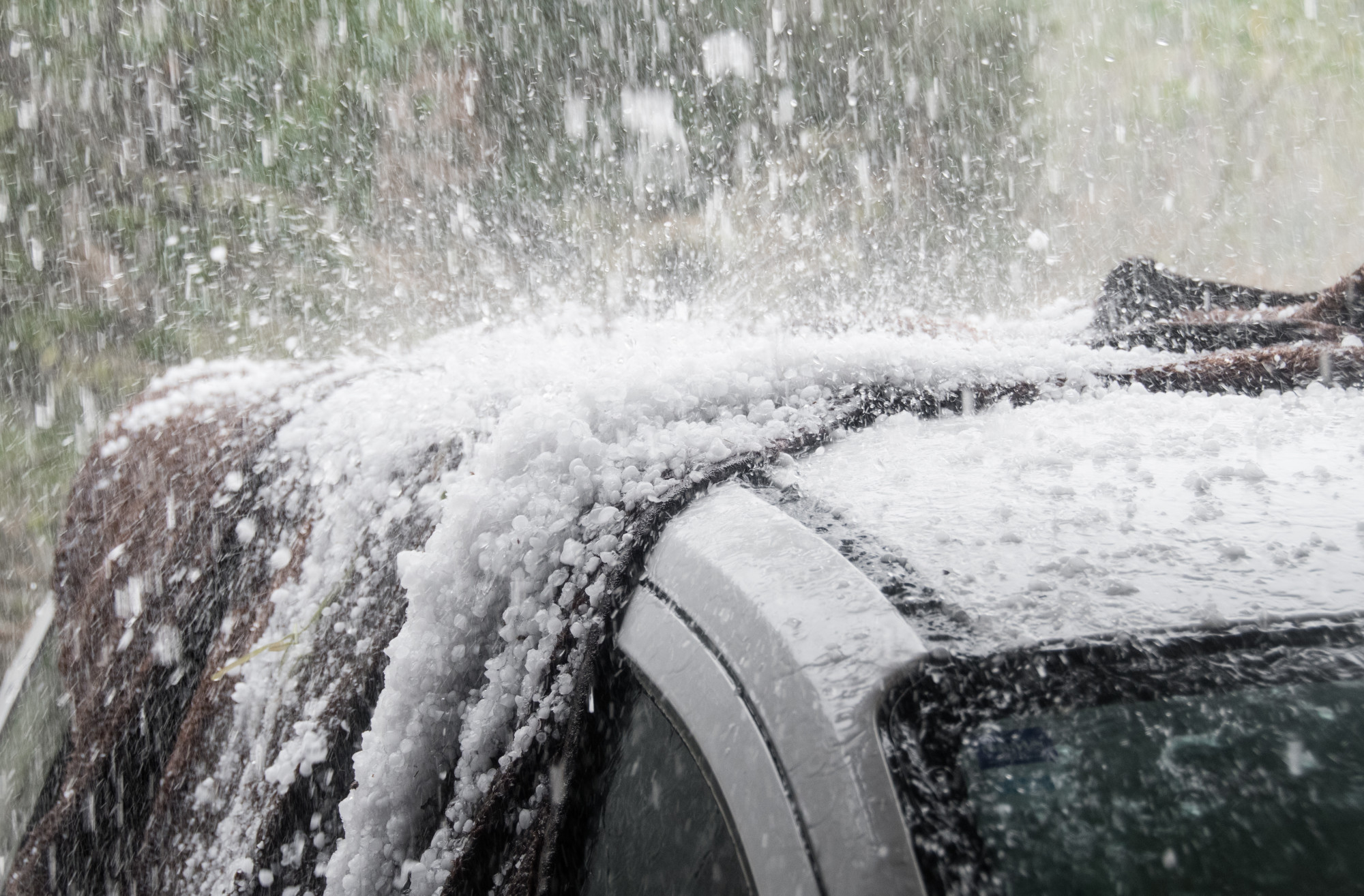 Whack! You’ve been driving all along when a flying rock smacks right into your windscreen, leaving a crack or a chip in your car’s visor. Now you have to get it fixed.
Whack! You’ve been driving all along when a flying rock smacks right into your windscreen, leaving a crack or a chip in your car’s visor. Now you have to get it fixed.
Having a cracked or a chipped windscreen can be frustrating. It not only presents an unsightly blemish on your car but also impacts your visibility – a major safety hazard.
If the debris left a minor imperfection on your windscreen, it may be tempting to ignore and drive around with it. However, if left unattended, these cracks can spread like wildfire.
What started as a simple repair can quickly turn into a full windscreen replacement.
When faced with the challenge of dealing with a cracked or a chipped windscreen, many people opt for the cheaper option. But, if you take this route and are involved in an accident, your decision could cost you your life.
So before you decide on whether to repair or replace it, it’s important to first know how a chip or a crack affect your windscreen.
How does a chip or a crack affect my windscreen?
Windscreens are specially designed to provide structural support for the vehicle. It’s part of the structural integrity of the vehicle and serves to protect occupants during an accident.
A damaged windscreen or one that has not been properly fixed can pop out during a collision. And since it also provides structural support for the car, an improperly installed windscreen could even cause the roof to collapse.
What about a cracked or a chipped windscreen?
Cracks on a windscreen affect its structural integrity.
In the event of an accident, a windscreen not only prevents the roof from collapsing but also acts as a kind of “backboard” for the passengers’ airbag.
When the front airbags are deployed, they exert a huge force capable of blowing out a windscreen that is weak (cracked) or not firmly glued.
So if a car has a chip or cracks in its windscreen, the windscreen is likely to be blown out in an accident, resulting in a crushed roof and less effective airbags.
Repairing Vs. replacing a chipped windscreen
There are two solutions to dealing with a chipped windscreen. You can either have it repaired if the damage is minor or replace the whole windscreen.
Whether or not to repair or replace depends on four factors: size, type, depth, and the location of the damage.
Size and depth
Most shops are able to repair chips of about 1 inch in diameter and cracks of up to 3 inches long. Traditionally, no crack larger that a dollar bill could be repaired, so size played an important role in making the determination.
However, modern technology has made it possible to repair windscreens that would previously be scrapped.
Today, auto glass repair shops can easily and confidently repair cracks up to 18 inches long. Crack larger than that are beyond repair, and will need complete replacement of glass.
So if your windscreen is severely damaged, you may not be able to escape from full replacement, which is more expensive.
The depth of the cracks cannot be overlooked and also plays a role in determining whether to repair or replace. Damages that extends from the exterior pane of the grass to the interior are considered too deep to be repaired.
Location
Location of the cracks also plays an important role in determining the fate of your windscreen. For instance, if the chip is located directly in the driver’s line of vision, repairing it may impact on the driver’s visibility.
Also, chips on tight spots, like those at the edges might prove difficult to repair, so count those ones out.
Cracks at the edge of the windscreen tend to spread very quickly, and if a crack or a chip has spread after the initial damage, that’s a clear signal that the glass needs to be replaced.
Type
There are many different types of windscreen cracks and ease of repair differs from one type to the other. For example, a Bulls Eye (circular crack caused by a rock) and Half Moon (caused by a rock but not circular) can be repaired easily.
Also, multiple cracks tend to be more difficult to repair so in such cases, let your technician decide whether repair is an option.
Here is a list of damages that in most cases will call for a full replacement:
- Edge cracks and chips
- Contaminated cracks
- Very large cracks (over 18 inches long)
- Multiple cracks
- Damages that extend into the driver’s line of vision
- Damages around the rain sensor and radio antennas
- Deep damages that penetrate both layers of the glass
Note: When you notice a crack or a chip on your windscreen, have it repaired quickly before it grows or dust accumulates.
With time, dust may find its way inside the cracks and this could affect the clarity and effectiveness of the repair.
What’s involved with repairing or replacing a windscreen
A single windscreen chip repair typically takes about 30 minutes. However, preliminary steps may be necessary if the chip is too deep or has accumulated dust.
The process involves injecting resin into the outer layer of the glass in order to improve its integrity and appearance. Next, the resin is polished and cured by UV light.
The cured resin is then allowed to dry and once it hardens, it leaves a smooth surface, preventing the chip or the crack from spreading further.
If the crack is very deep, it may have damaged the intermediate PVB layer. In such cases, preliminary steps must be performed.
Such steps include removing any accumulated dust and enlargening the chip slightly to make the hole smoother to allow the resin to reach the intermediate PVB layer.
Replacing the windscreen, on the other hand, is a more involving process. The first step involves prepping the area of the car body around the windscreen with canvas to protect the car from scratches and other damages.
The windscreen is then removed along with the seals and adhesives used, leaving behind a bare frame. The technician then applies a primer on the bare frame so that new adhesives and sealant can be applied to the new replacement glass.
A short time is allowed to elapse after which the new windscreen is fitted and bonded to the car.
Most repair shops will ask you to wait for at least one hour before hitting the road after the glass is fitted so as to allow the windscreen to attach properly.
Final thoughts
The windscreen serves to provide structural support for the vehicle so you’ll want it strong and properly fitted. If you must replace it, know that its strength may be compromised as the new seal may not be as sturdy as the factory seal.
If you opt to have it repaired, bear in mind that the repaired area may not be as clear as it was before. However, you can expect to get back around eighty to ninety-five percent of the optical clarity.




